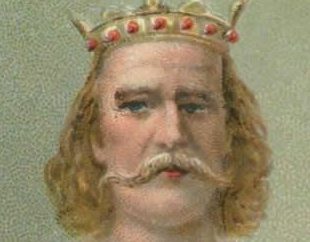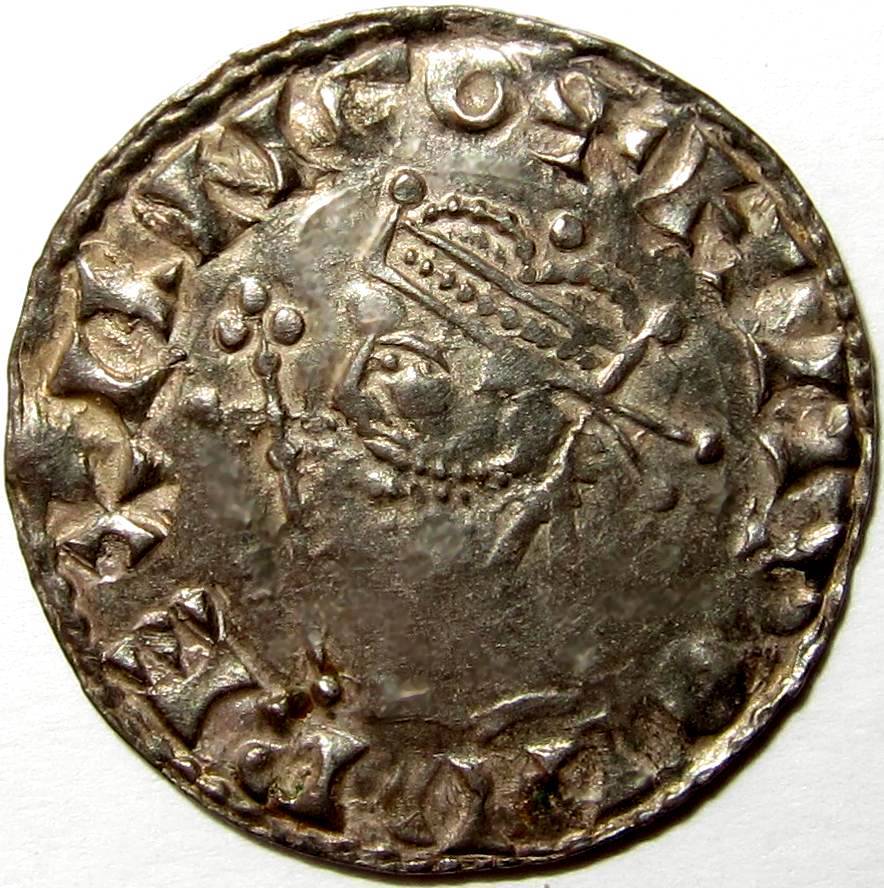ENGLISH COIN Auctions of Scarborough recently sold an exceptionally rare British coin – one bearing the portrait of a king familiar to us from schooldays.
This Anglo Saxon silver penny was from the reign of King Harold II – yes, the same Harold who lost an eye – and his life – at the Battle of Hastings.
Harold was the last Anglo-Saxon king of England, but reigned only briefly, from January to October 1066. He was, of course, defeated and killed by William of Normandy (William the Conqueror) at Hastings.
Actually, William had no bloodline to the English throne, but his sister Edith was married to Edward the Confessor. When Edward died childless at Westminster in January 1066, it was Harold, as the powerful Earl of Wessex, who was elected to succeed him. He is seen at his coronation in the contemporary Bayeux tapestry – ‘HIC SIDET HAROLD REX ANGLORUM’ – ‘Here sits Harold King of the English.’
Duke William of Normandy, who claimed the throne himself, immediately prepared to invade England. The final actions of the battle which settled the matter are graphically captured in the tapestry’s remarkable needlework, which also launched the tradition that Harold was killed by an arrow in an eye.
Struck in London by the moneyer Wulfgar, the coin’s obverse shows Harold crowned and bearded, holding a sceptre, and bears the legend +HAROLD REX ANGLO. Verso depicts the words +PVLCAR ON LVND, PAX between two lines within an inner circle.
The reverse of all Harold’s pennies carry the word PAX, or peace, a curious choice given the confusion of a year which brought forward several belligerent claimants to the English throne.
Silver pennies of Harold II are, of course, scarce and sought after by numismatists building monarch by monarch collections of English coins.
Some struck in the south of England, and thus close to where William landed, probably came from hoards hurriedly deposited at the time of the invasion. London examples like this are especially rare. Only three are recorded – two in museum collections.
Consigned by a collector in America, the hammer for this near-1000-year-old survivor fell at £3800 – some 912,000 times its original value (by my arithmetic!).
A silver penny from the preceding king, Aethelred II (978-1016), sold for just £280.
Rarity is everything.











